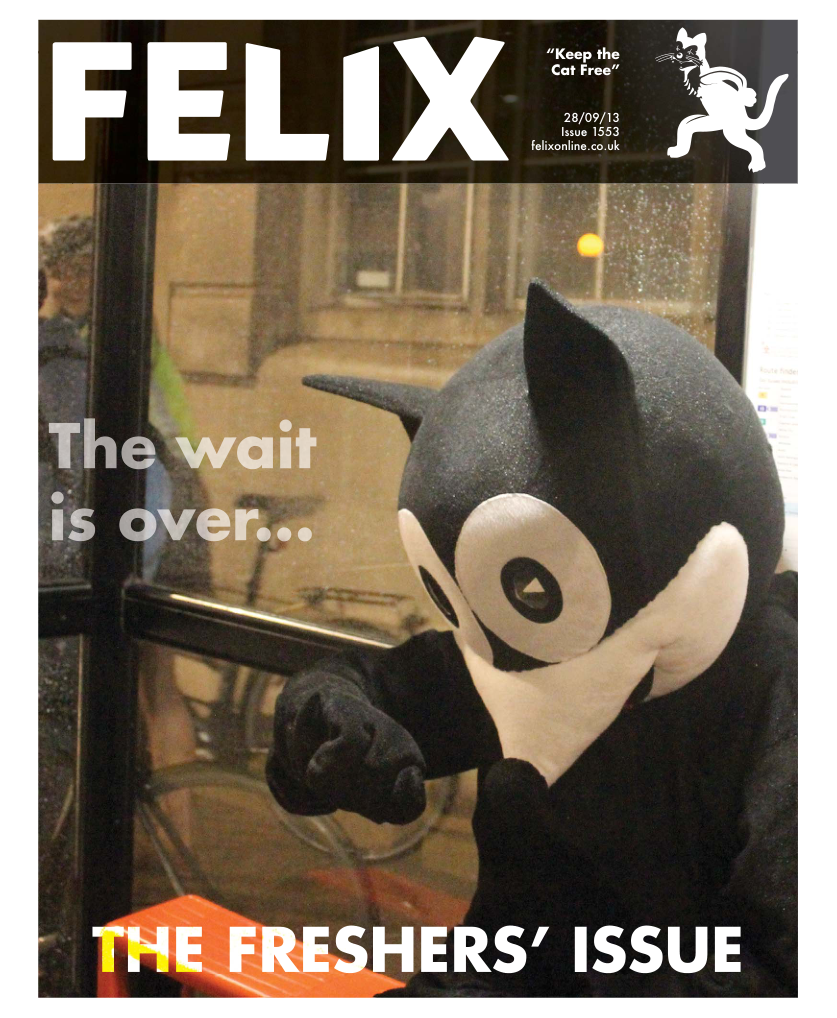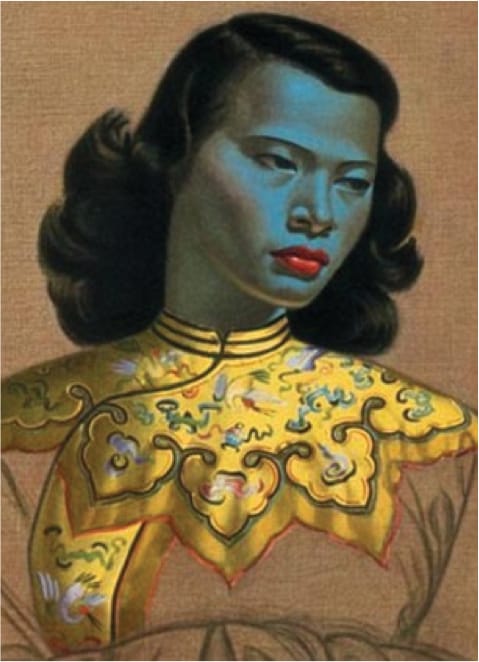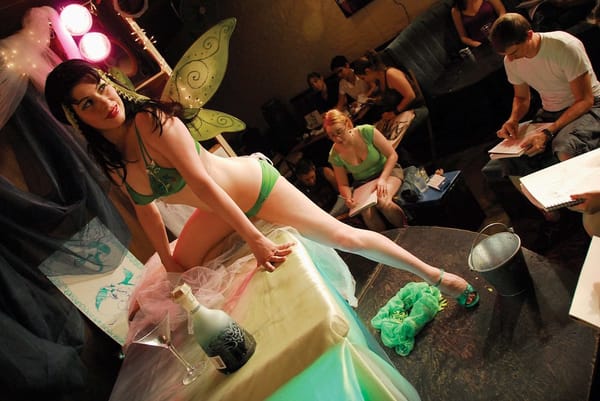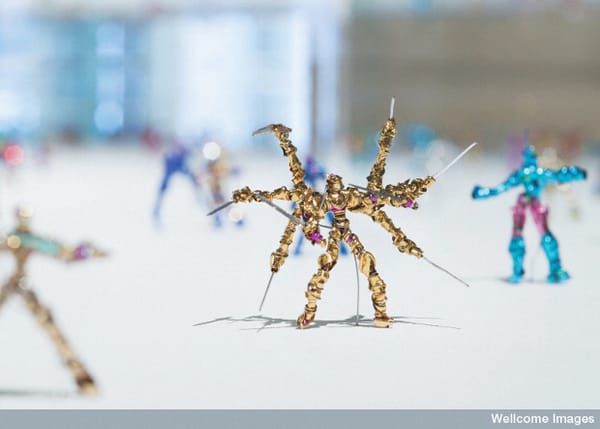An Eye for An Identity?
Fred Fyles investigates the new Designers in Residence
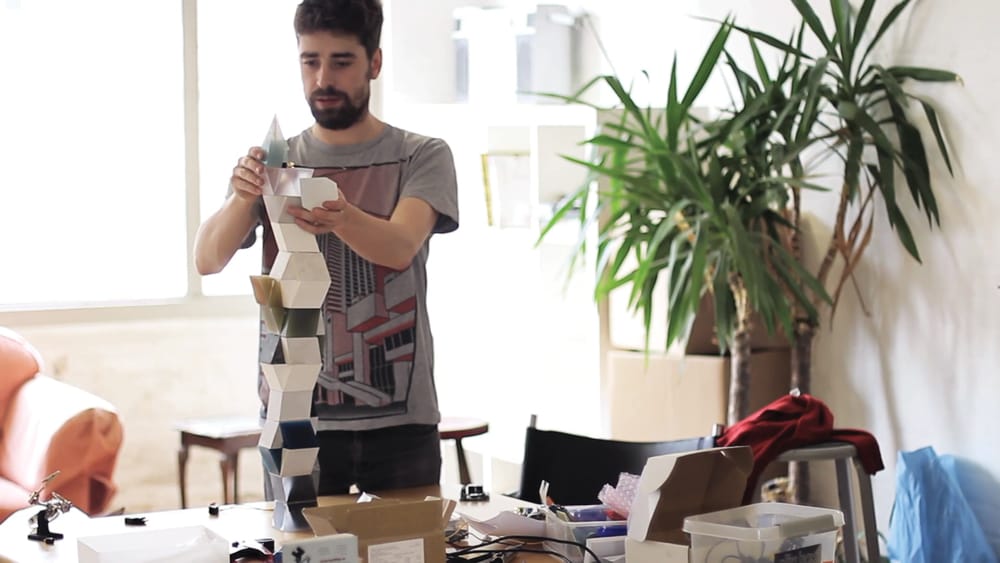
What makes us who we are? The answers that immediately spring to mind are personal, intimate influences - our parents and siblings, friends and teachers; but there is one unlikely figure that has a profound and almost invisible impact on our lives - the Designer. From the clothes we wear to the cars we drive and the websites we visit, the designer has an enormous role in forging our individual identity.
It is this theme, one of ‘identity’, which has formed the basis of the Design Museum’s Designers in Residence programme. Running since 2008, each year the programme selects four up-and-coming designers, exhibiting their work and exploring what design means to us.
Perhaps the most direct link between designers and identity is found in the realm of product design. How things are made, and how we interact with them, helps to form a sense of both individual and national identity. This idea of interaction has been explored in the work of Eunhee Jo who, after studying in her native Seoul, completed part of her Design Engineering Masters at Imperial College.
For the residency, Jo designed a speaker system and lighting array that examine what the future of product identity may be. Rather than use the glass and steel that seem to be the prescribed vision of the future, she has researched the use of fabrics as a form of technological interface. The lights and the front of the speaker, for example, are both covered with a soft fabric that responds to tactile influences – intuitive gestures such as swiping back or forth allow the user to change songs, lower the volume, or illuminate the lights. Jo has spoken about the idea of ‘emotional design’ in her work, and the fabric allows another level of interaction with the product, creating a bond between the object and the consumer. “I imagined the vision of the future to be very organic”, says Jo of her work. “The fabric I use in this project is more like skin”. With current developments in smart textiles, it seems that this vision of the future may not be far off.
While designers have a strong influence in our lives, the most powerful influence on our identity over the last ten years has undoubtedly been the role of the internet in our lives. With over 80% of households in the country having access to the internet, more people than ever before are using it as their own personal space, to express, confess, and emote. In our ‘post-internet’ world, personal identity is conflicted - we constantly experience a relentlessly intense barrage of information, making it difficult to know who we are.
Adam Nathaniel Furman, the second designer in residence, was born in 1982, placing him at the forefront of the millennial generation, and his multi-faceted work identifies what it is like to be a young person in today’s world. Alongside a collage film that bombards the viewer with images, videos, and sounds, Furman has created a fictitious character who blogs about the anxiety of modern life. These themes lead to his main work – a series of colourful, complex ceramic vases, produced using 3D printers. Bulbous or angular, colourful or monochrome, these vases display the wide range of influences that can be found through the internet, and reflect the culture-mashing that has been brought on through globalisation. Everything in Furman’s work - the blog, the video, and the designs for the vases - exist in a digital format, reinforcing the role technology plays in forging our identity, and the shift away from handicraft in modern design.
While Furman’s pieces focus on what it means to emote and connect across the world, there is a dark underbelly to the internet that is not mentioned; everything we do on the internet, every click and every ‘like’, can be converted into valuable market data. In this way our internet identity is mined by multinational corporations, who can then deliver targeted advertisements straight to our screen.
Thomas Thwaites’ work explores this idea, but flips it on its head and adds a delicious lick of black humour. He has created a series of theoretical products that monitor our lives, and guide us towards better choices. Named Nabu - after the Babylonian god of wisdom and writing - the key piece in the collection is a wireless router that connects permanently into a household’s devices, gathering data to form an idea of their identities. After a few weeks it begins to place restrictions on the internet and television, forcing people to avoid what Nabu decrees to be ‘bad decisions’ - a bit like Richard Thaler’s ‘Nudge Theory’, taken to the extreme. The instruction manual for Nabu emphasises the centrality the icon-like router should play in life, forming wicked parallels between the internet, religion, and government control. Two other pieces further this idea - a purse controlled by Nabu that prevents reckless spending, and a pair of boots that recommend ‘pilgrimages’, helping the wearer become a better person. While these devices may seem outlandish, Thwaites’ work forces the viewer to question how we make decisions, and whether free will truly exists in the Internet Age.
While these three projects are resolutely looking towards to future, Chloe Meineck’s work takes a different direction, instead going back in the past. For the residency she developed a ‘Music Memory Box’, which links personal objects to sounds, creating multi-faceted memories. Meineck is particularly interested in using the device with Alzheimer’s patients - since many studies suggest that memories of music remain unimpaired in those with the disease, the box can become a form of therapy for the patient, their carers, and their family. The workuses Radio Frequency Identification (RFID) technology linked to MP3 files to transform memories into something tangible.
Meineck hopes that the box could play an important role in helping the family to cope with the effects of the disease; “for their families there is a sense of capturing as much as possible”, she says. “As the dementia gets worse the ownership changes, and the family members start owning the box”. This work shows that, although most modern technology seems to be continuing its unstoppable march of progress towards the future, there will always be a role for reflecting on the past.
As the world becomes more and more connected, and we are assaulted with more and more information, it becomes harder to keep track of personal and national identities. The designer tries to make sense of this confusing world, condensing the unstable miasma of modern culture into something tangible, something permanent. The four designers displayed at the Design Museum are paragons of this idea of the ‘new designer’, and it is ideas such as theirs that help maintain our identity in this post-internet society.
What: Designers in Residence 2013 Exhibition
Where: The Design Museum, London
When: 4th Sept 2013 – 12th Jan 2014
Price: £10.75 Adults, £6.50 students


